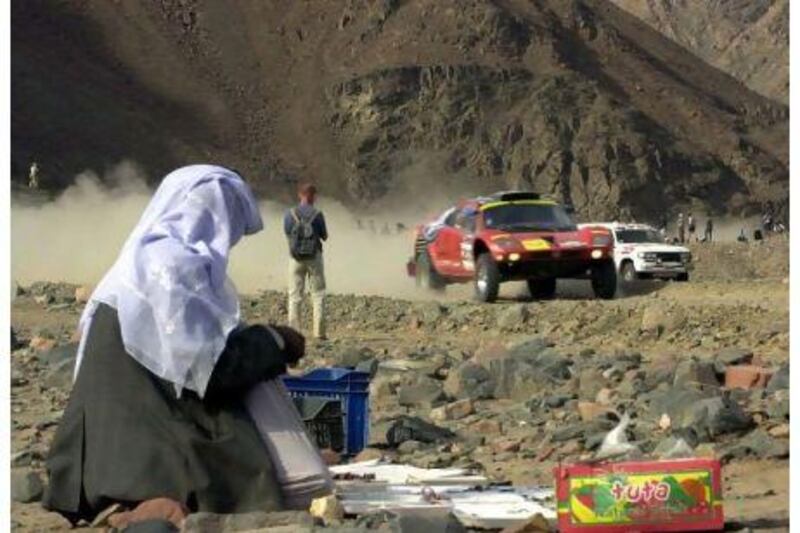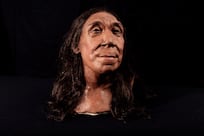The Paris-Dakar
When Thierry Sabine got lost on his motorbike in the Libyan desert during the Abidjan-Nice Rally, he returned to France with an idea for a rally that would start in Europe, cross to Algiers and continue to Dakar. The first rally was in 1977; the start line has not always been Paris, and the destination has not always been Dakar. And since 2009 it has been neither. The rally decamped to South America because of threats of terrorist attacks. Over the years there have been a number of fatalities, including Sabine himself in a helicopter crash in 1986.
Carrera Panamericana
In 1950, the Mexican section of the Panamerican Highway was completed and the government decided to advertise the feat with a road race along almost the entire stretch of new road. The event became known as one of the most dangerous in the world and claimed the lives of a number of competitors. It was cancelled before the sixth race in 1955 and was resurrected in 1998 as a classic road rally. But it still has a reputation for danger, with the occasional fatality.
Targa Florio
The race was started in 1906 by Vincenzo Florio, a wealthy enthusiast, and is one of the oldest sports car racing events, predating the Mille Miglia and the 24 Hours of Le Mans. In 1955, it became part of the FIA World Sportscar Championship. In 1973, the last international professional race was run and, in 1977, after a fatal crash, it ceased running, becoming a classic rallying event. Porsche named its 911's removable roof panel after the Targa. The Targa Florio also led to similar events being held across the world.
Targa Tasmania
This was one of the events inspired by the Targa Florio. The tarmac-based rally has been running since 1992, with a classic competition running alongside from 1998. The Targa Tasmania has established itself as an important motorsport event in its own right, and inspired the Targa New Zealand and the Targa Newfoundland. The Targa Tasmania was featured in the film Love the Beast, documenting the 25-year history of the car owned by Australian film star Eric Bana.
London to Brighton
On November 14, 1896, a new law, the Locomotives on the Highway Act, raised the speed limit for "light locomotives" to 14mph from 4mph and abolished the requirement for these vehicles to be preceded by a man on foot. To celebrate, 33 motorists set off from the Metropole Hotel in London to the Metropole Hotel in Brighton. Only 14 made it. The first re-enactment was in 1927 and continues today; the entry requirement is that cars must have been built before January 1, 1905.






